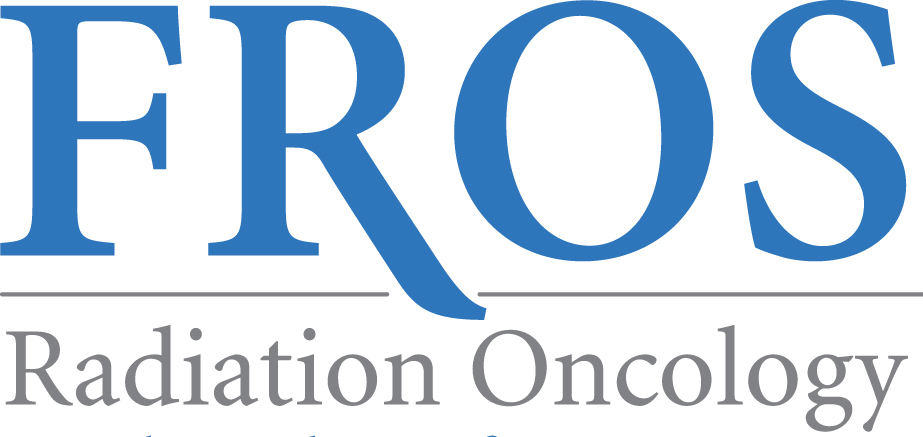Head & Neck Cancer
/WHAT ARE HEAD AND NECK CANCERS?
Head and neck cancer refers to a group of biologically similar cancers that start in the upper aerodigestive tract, including the lip, oral cavity (mouth), nasal cavity (inside the nose), paranasal sinuses, pharynx, and larynx. Most head and neck cancers are squamous cell carcinomas (SCCHN), originating from the mucosal lining (epithelium) of these regions.
Head and neck cancers often spread to the lymph nodes of the neck, and this is often the first (and sometimes only) sign of the disease at the time of diagnosis. These cancers are frequently aggressive in their biologic behavior; patients with these types of cancer are at a higher risk of developing another cancer in the aerodigestive system. Head and neck cancer is highly curable if detected early.
RISK FACTORS OF HEAD AND NECK CANCERS
Alcohol and tobacco use are the most common risk factors for head and neck cancer in the United States. Alcohol and tobacco are likely synergistic in causing cancer of the head and neck. Other potential environmental carcinogens include occupational exposures such as nickel refining, exposure to textile fibers, and woodworking.
There are also some other important factors that can lead to head and neck cancer. Excessive consumption of processed meats and red meat were associated with increased rates of cancer of the head and neck in one study, while consumption of raw and cooked vegetables seemed to decrease risk. Nasopharyngeal cancer has also been associated with consumption of salted fish, which may contain high levels of nitrites. Betel-nut chewing is associated with an increased risk of squamous cell cancer of the head and neck. Human papillomavirus (HPV), in particular HPV16, is a causal factor for some head and neck squamous cell carcinomas (HNSCC). Epstein-Barr virus (EBV) infection is associated with nasopharyngeal cancer.
SYMPTOMS OF HEAD AND NECK CANCERS
Symptoms are as follows: a mass in the neck; neck pain; bleeding from the mouth; sinus congestion (especially with nasopharyngeal carcinoma); bad breath; sore tongue; painless ulcers or sores in the mouth that do not heal; white, red or dark patches in the mouth that will not go away; earache; unusual bleeding or numbness in the mouth; a lump in the lip, mouth or gums; enlarged lymph glands in the neck; slurring of speech (if the cancer is affecting the tongue); hoarse voice which persists for more than six weeks; sore throat which persists for more than six weeks; difficulty swallowing food; change in diet or weight loss.
DIAGNOSIS AND PREVENTION
A patient usually comes to the physician complaining of one or more of the above symptoms. The patient will typically undergo ENT evaluation, imaging studies (CT, Pet CT or MRI), and a biopsy.
Avoidance of recognized risk factors (as described above) is the single most effective form of prevention. Regular dental examinations may identify pre-cancerous lesions in the oral cavity.
When diagnosed early, oral, head and neck cancers can be treated more easily and the chances of survival increase tremendously. It is also believed that HPV vaccines may reduce the risk of HPV induced head and neck cancer.

